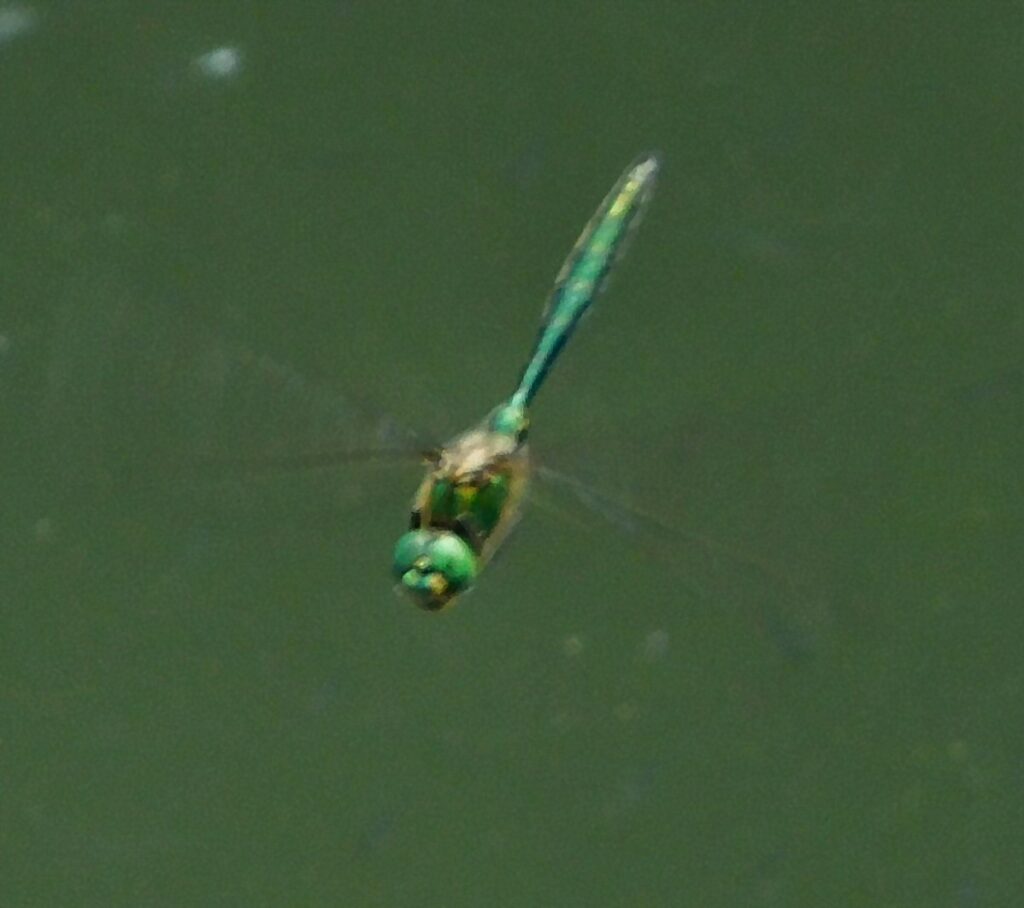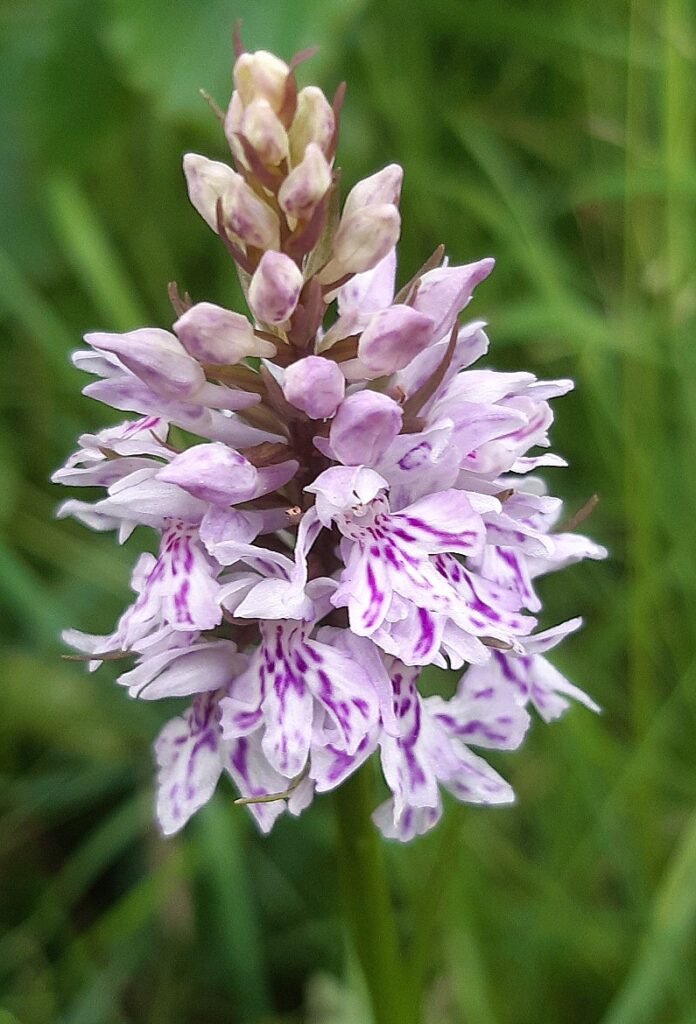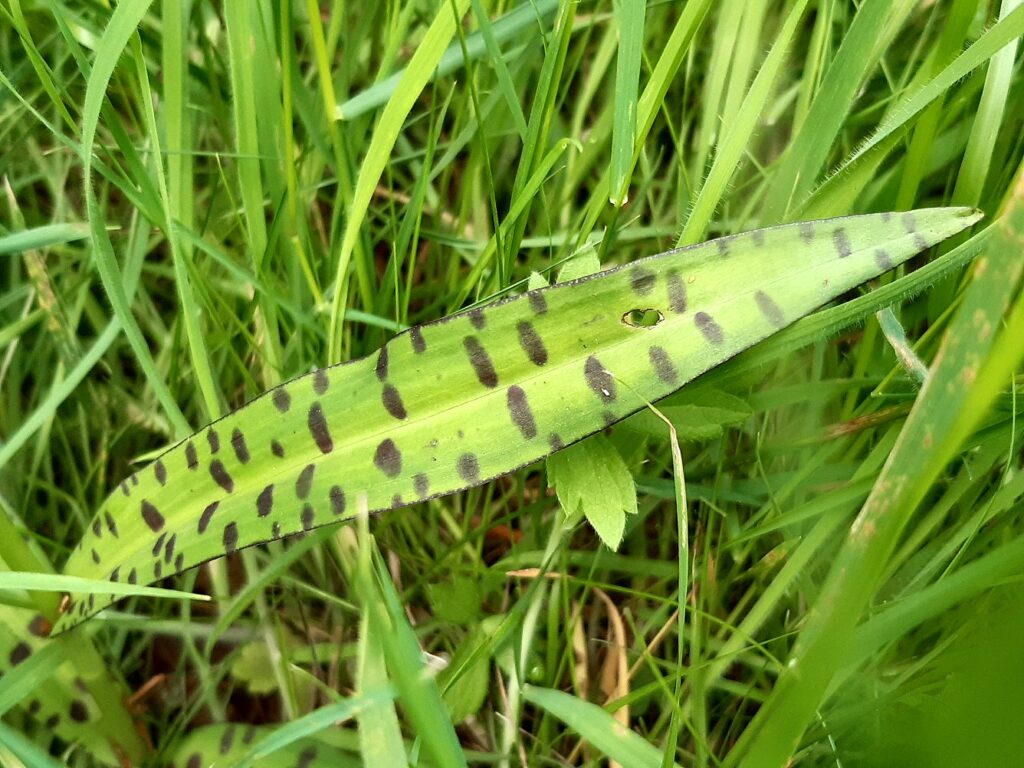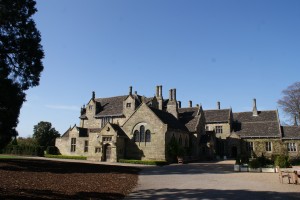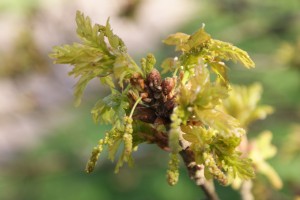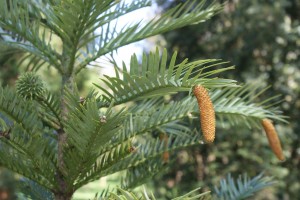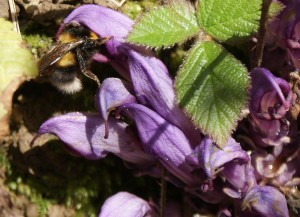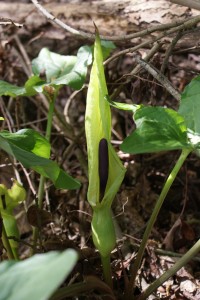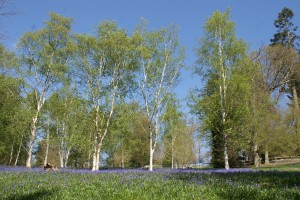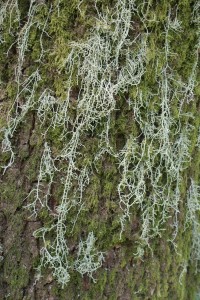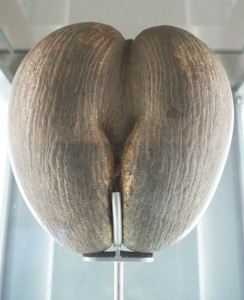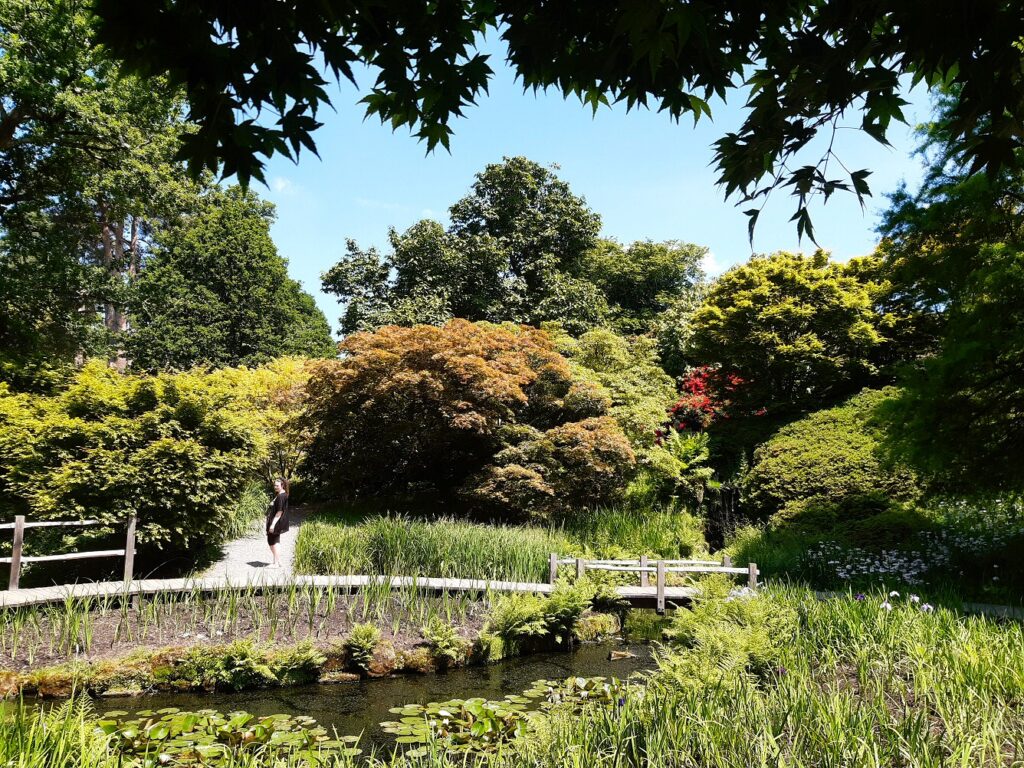
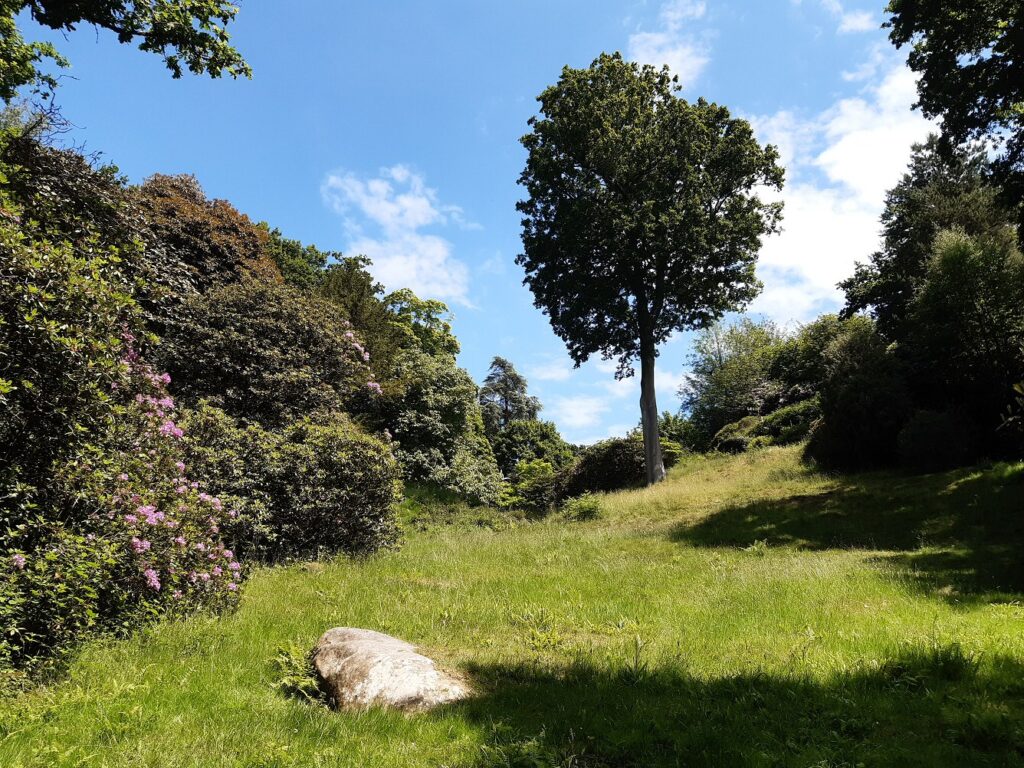
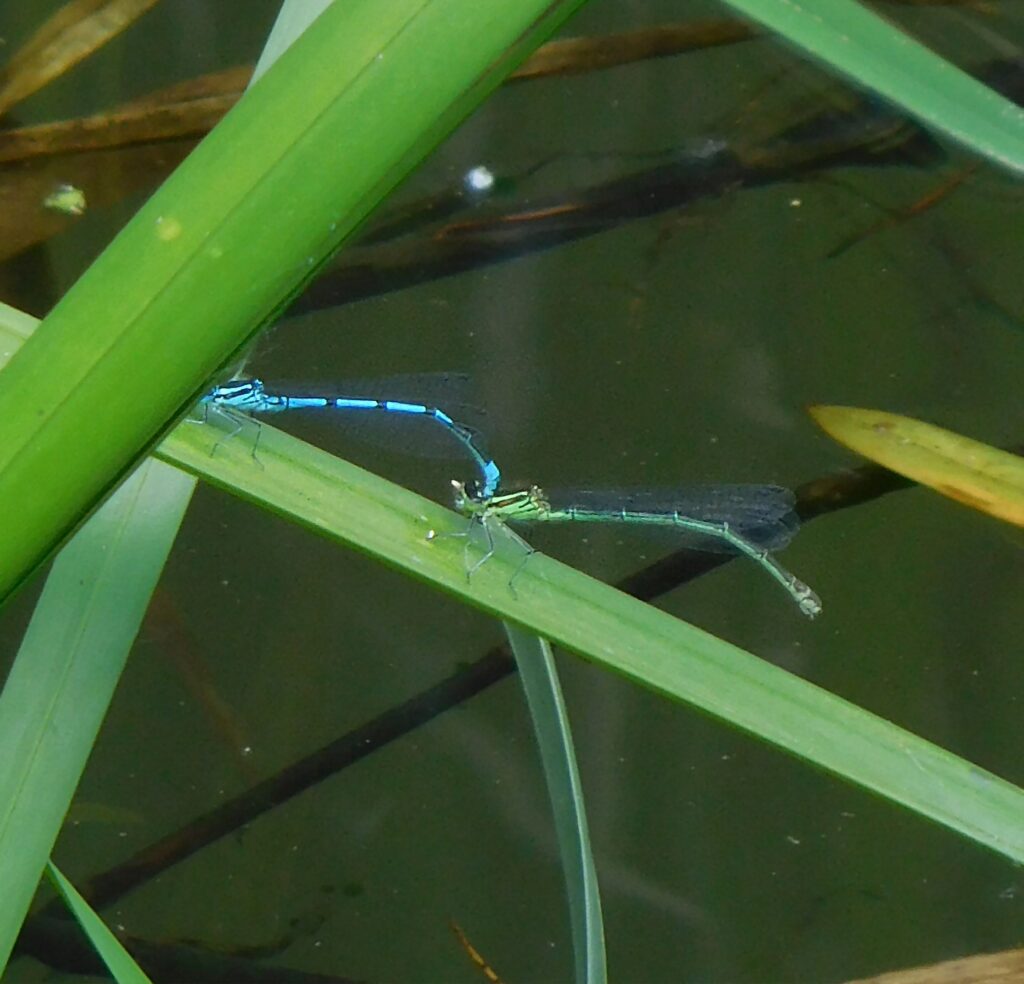
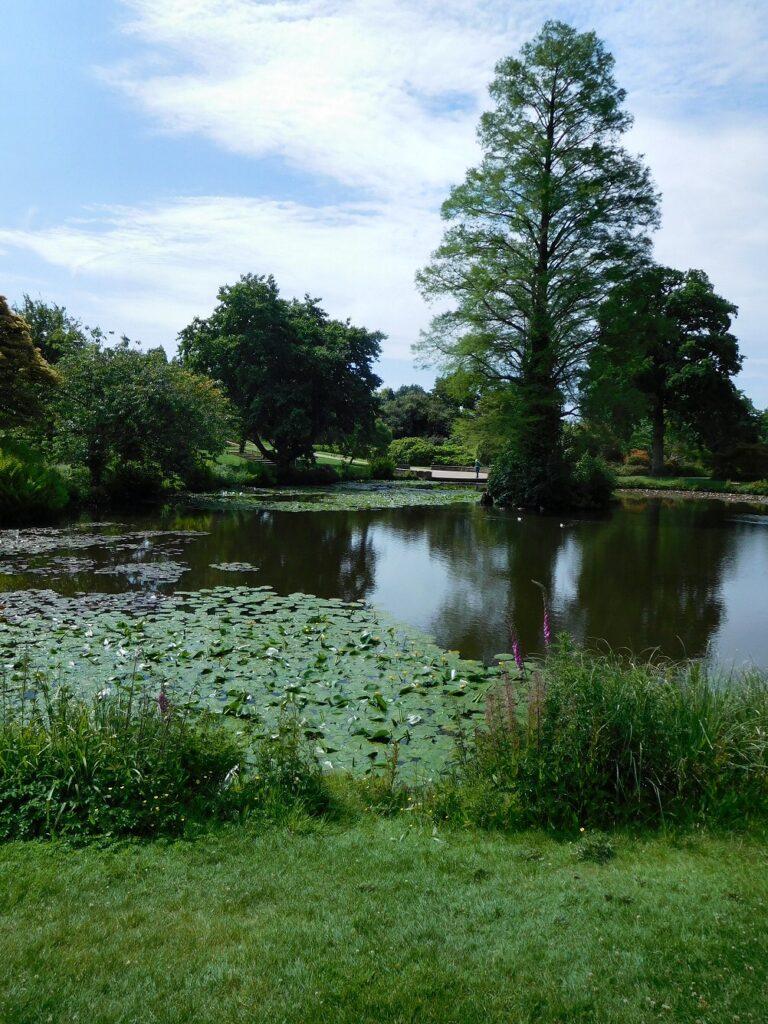
Well, I was hoping to see some colourful dragonflies on this hot and sunny day in early June, and they exceeded expectations. On the main pond just behind the Wakehurst Place mansion, the bulky shape of an Emperor Dragonfly, with its big apple-green thorax and downcurved blue abdomen, patrolled up and down over the Yellow and White Waterlilies, both gloriously in bloom. A single Broad-Bodied Chaser unmistakably whizzed low over the water.
The Water Gardens glittered in the sunshine, the little waterfalls tinkled pleasingly, and a few damselflies busied themselves among the vegetation.
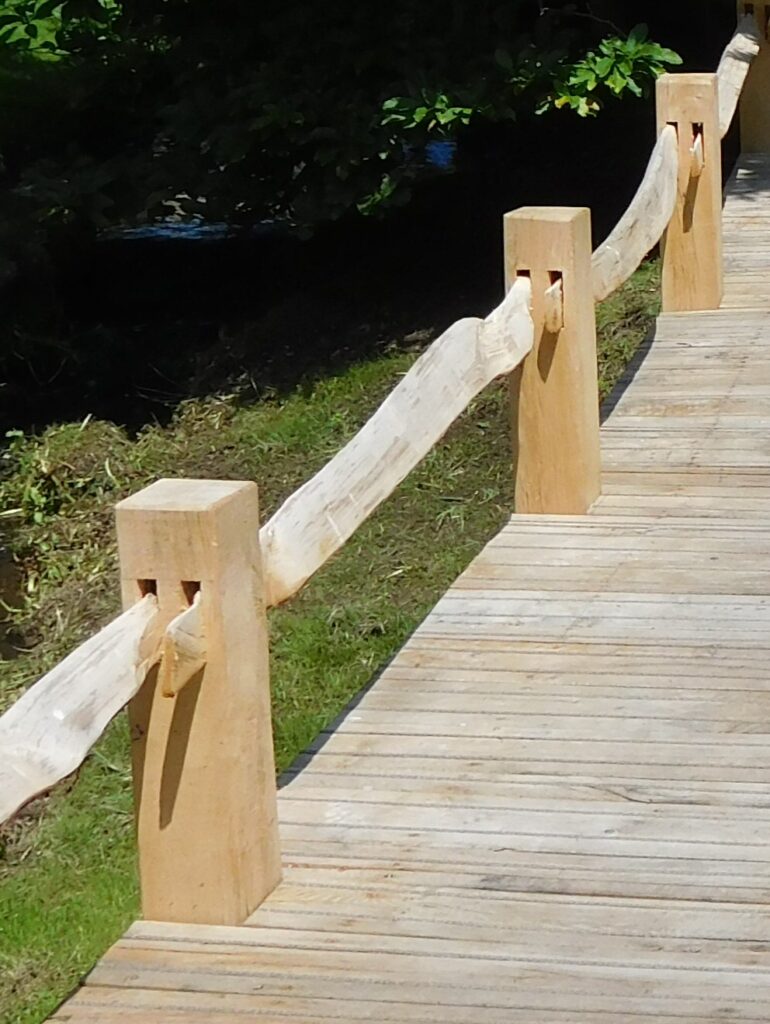
Down at the reedbed, the broad and elegantly-fenced boardwalk with its traditional green-oak posts and rails let us get as close as possible to the dragonflies down there. A Large Red Damselfly perched for a moment beside my hand on the rail. Azure Damselflies skittered about, some in cop, some ovipositing. A solitary Banded Demoiselle male, unmistakable with his big indigo wing-patches, fluttered back and forth.
The other side of the boardwalk, a male dragonfly hovered over open water in the dazzling sunlight. I did my best to focus on the shimmering target. An Emerald! The Downy Emerald has been recorded here at Wakehurst Place, but this is also within the very narrow territory of the Brilliant Emerald in England, basically a bit of inland Sussex and Surrey, with another haunt in northwest Scotland. There is no sign of a downy thorax here, I don’t think; nor is the abdomen bronze-green, but rather a rich deep, iridescent, green; and it has the smooth spatulate outline of a Brilliant Emerald. Exciting!
